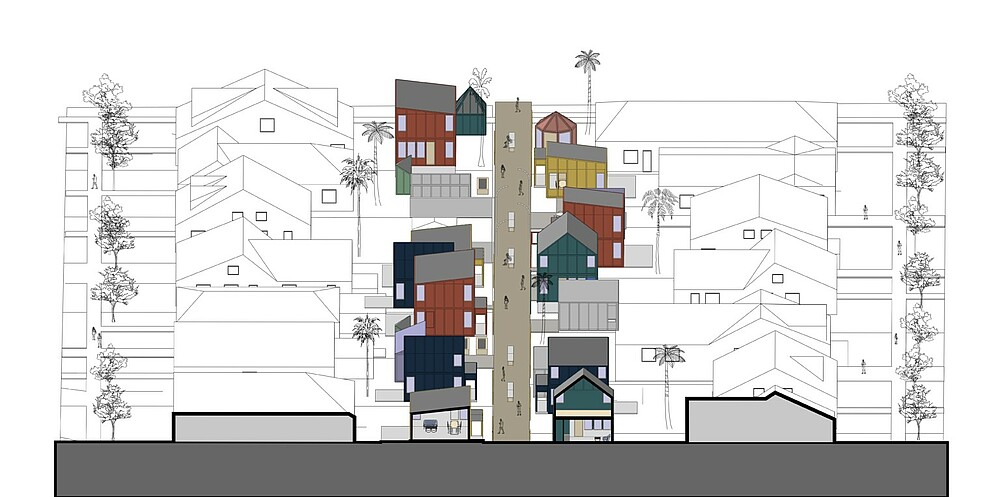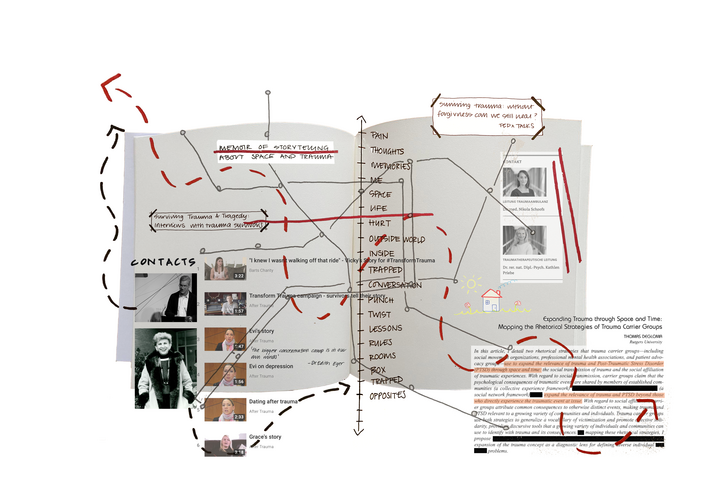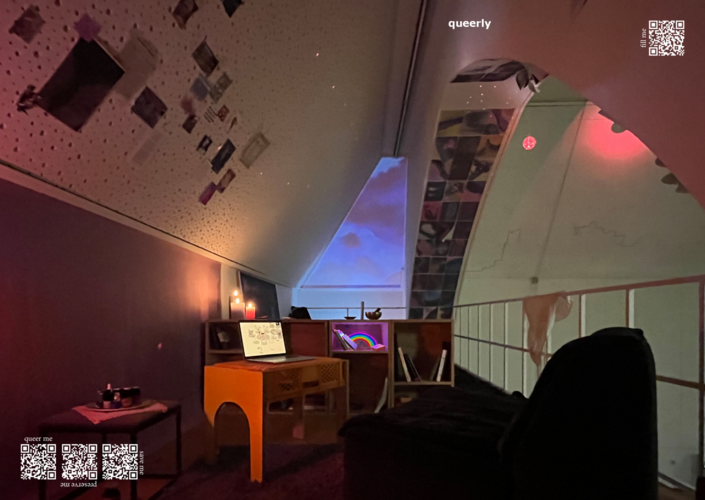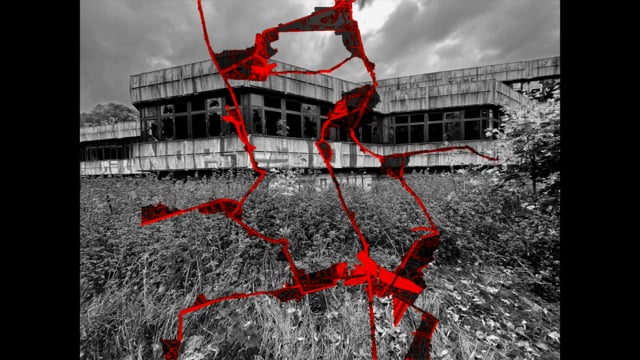dokumentation DO WHAT YOU WANT 2021/2022
The printed publication and the website document the process and give insight into the semester’s outcome. The boundaries of the discipline became blurry and extended. Means and ways of spatial research were built on counter-mapping, speculative narration, observations, forensics, architectural ethnography, drawing, and materialising questions in space by building 1:1. The projects are not to be understood as problem solutions, but as a basis for further discussions that will continue to accompany us in the futures.
Anders Grivi Coleman, Arın Aydın, Davide Battel, Doğu Tonkur, Joanne Tschenett, Kristina Sauer, Lilli Gaigal, Madlen Burton, Maria Nesterowa, Martin C. Baier, Nicolas Bobran, Oliver Gudzowski
Being part of the architectural education system, we understand it as our response-ability to actively shape futures, nourish relationships and create discursive spaces. Architecture is a discipline of critical projection. It is about imagining futures based on a critical reading of the present and the past. This ability is crucial in current times of transformation, characterised by constant crisis conditions and scarcity of resources.
The “do what you want” studio has existed for more than five years. With this format, we have aimed to promote and explore experimental ideas and working methods, encourage students to build trust in their research abilities and develop their own creative and critical thinking.
During the winter term 21/22, re-defining architecture became common ground, encouraging diversity without standardising the process of spatial production. At the end of the semester, 12 very distinct and different experiments, diverse in methodology and scale, were presented and are contained on the following website.
Every week the 12 participants met in colloquium-wise organised meetings where we discussed the individual projects and negotiated the collective studio process. Through self-organisation practices, we collectively developed a studio culture of collaboration and mutual support.




